Hydroponic gardening at home
Hydroponic gardening is an innovative and efficient method for cultivating plants without the need for soil. This approach utilizes nutrient-rich aqueous solutions to feed the plants, resulting in faster growth, higher yields, and less water consumption compared to traditional cultivation methods. Additionally, hydroponic gardening can be practiced indoors, making it an excellent option for urban garden enthusiasts or those with limited outdoor space. In this comprehensive guide, we will explore the basics of hydroponic gardening at home, the necessary equipment, types of systems available, and some practical tips to get started.
What is Hydroponic Gardening?
Hydroponic gardening is a method of plant cultivation that dispenses with soil and uses nutrient-rich aqueous solutions to feed the plants. Instead of obtaining nutrients from the soil, plant roots are immersed directly in a nutrient solution that provides them with everything they need to grow healthily. This cultivation method offers several advantages, such as faster growth, higher yields, less water consumption, and the ability to grow indoors.
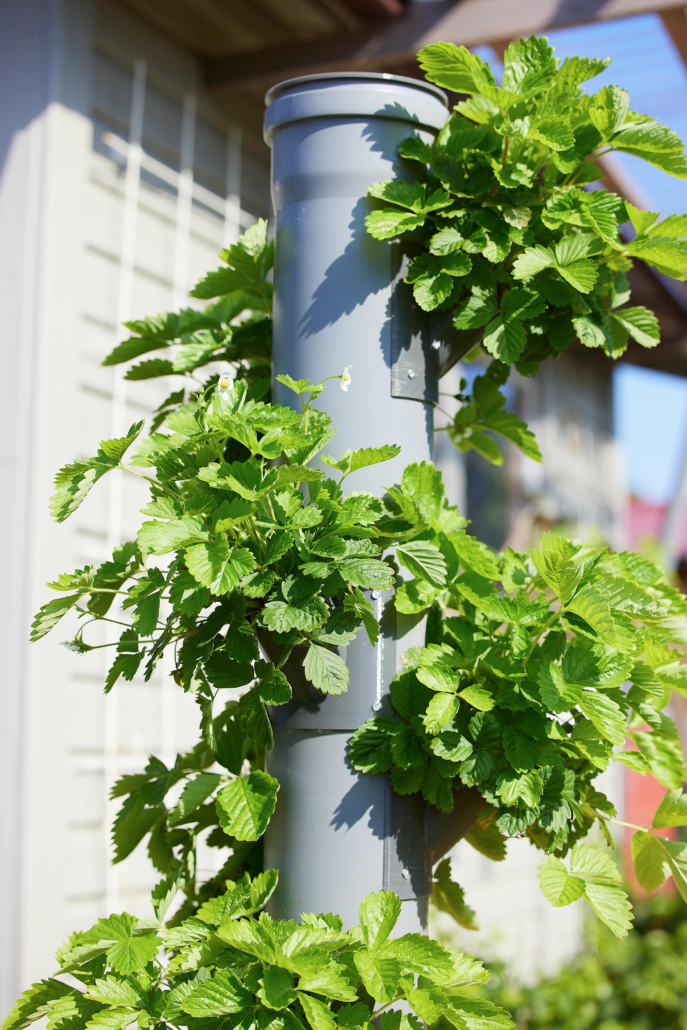
Equipment Needed for Hydroponic Gardening at Home
Before embarking on your home hydroponic gardening project, you’ll need to gather some basic equipment. Here’s a list of essentials:
- Container for Nutrient Solution: You can use a plastic tank, bucket, or large pot to contain the nutrient solution.
- Recirculation System or Drip System: These systems allow for efficient distribution of the nutrient solution to the plants.
- pH and EC (Electrical Conductivity) Meter: It’s important to monitor and adjust the pH and EC of the nutrient solution to ensure that the plants receive the proper nutrients.
- Grow Lights: If you plan to grow indoors, you’ll need LED grow lights to provide the necessary light for plant growth.
- Growing Medium or Substrate: Although plants don’t need soil in hydroponic gardening, growing media such as rockwool, perlite, or vermiculite are often used to support the plants and provide root stability.
- Hydroponic Nutrients: You can find nutrient blends specifically formulated for hydroponic gardening at gardening supply stores.
- Plants or Seeds: Choose plants suitable for hydroponic cultivation, such as herbs, lettuces, cherry tomatoes, strawberries, among others.
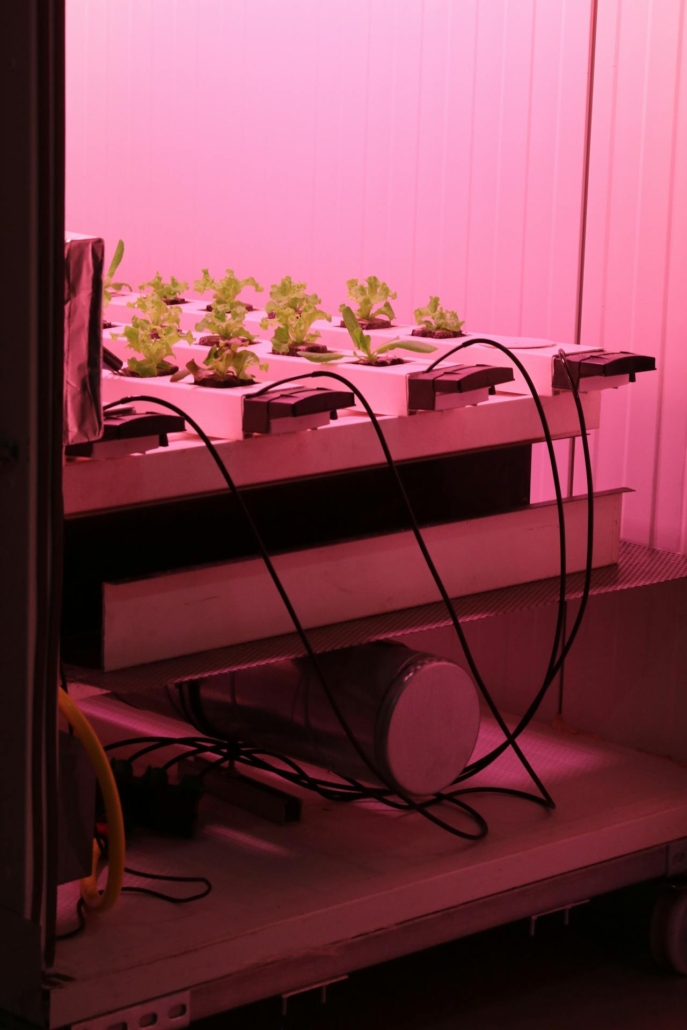
Types of Hydroponic Systems
There are several types of hydroponic systems that you can use in your home garden. Some of the most common ones include:
- Nutrient Film Technique (NFT) System: In this system, plant roots are suspended in a stream of nutrient solution that flows continuously.
- Drip System: In this system, the nutrient solution is distributed to the plants through drip tubes, providing a precise amount of water and nutrients.
- Ebb and Flow System: This system uses a tray that is periodically filled with nutrient solution and then drained, providing the roots with a cycle of moisture and aeration.
- Deep Water Culture (DWC) System: In this system, plants are suspended directly over the nutrient solution, allowing roots to grow freely in the water.
Practical Tips to Get Started
Here are some practical tips to help you get started with your hydroponic gardening at home:
- Research and Plan: Before you begin, research the different hydroponic systems available and choose the one that best suits your needs and available space.
- Maintain Nutrient Balance: It’s important to regularly monitor the pH and EC of the nutrient solution and adjust them as needed to ensure that plants receive the proper nutrients.
- Provide Adequate Lighting: If you’re growing indoors, make sure to provide enough light to your plants with high-quality LED grow lights.
- Keep the System Clean: It’s crucial to keep all components of the hydroponic system clean to prevent algae growth and avoid plant health issues.
- Experiment and Learn: Hydroponic gardening is a continuous learning process, so don’t be afraid to experiment with different plants, systems, and nutrients to find what works best for you.
Importance of Water Quality:
Water quality is crucial in hydroponic gardening, as plants rely entirely on the nutrient solution for their growth. Ensure that the water you use is free from contaminants and pathogens. Use filtered or distilled water if your tap water contains high levels of minerals or impurities that could harm your plants.
Temperature and Oxygen Levels:
Maintaining optimal temperature and oxygen levels in the nutrient solution is essential for plant health. Most plants thrive in nutrient solutions with temperatures between 65°F to 75°F (18°C to 24°C). Ensure proper aeration of the solution to prevent root rot and promote healthy root growth. Consider using air stones or pumps to oxygenate the solution.
Pest and Disease Management:
While hydroponic gardening reduces the risk of soil-borne pests and diseases, it’s essential to remain vigilant. Inspect your plants regularly for signs of pests or diseases such as aphids, spider mites, or fungal infections. Implement preventive measures such as maintaining a clean environment, proper ventilation, and using organic pest control methods if necessary.
Nutrient Solution Maintenance:
Regularly monitor the nutrient levels in your solution and adjust them as needed to prevent deficiencies or toxicities. Follow the manufacturer’s recommendations for nutrient dosage and ensure a balanced ratio of essential nutrients, including nitrogen, phosphorus, potassium, calcium, magnesium, and trace minerals. Flush the system periodically to prevent salt buildup and maintain nutrient solution freshness.
Light Intensity and Duration:
Proper lighting is critical for photosynthesis and plant growth. Ensure that your plants receive adequate light intensity and duration based on their specific requirements. Adjust the distance between the grow lights and plants to prevent light burn or shading. Provide a consistent light cycle, typically 12 to 16 hours of light per day for most plants, to mimic natural daylight patterns.
Harvesting and Pruning Techniques:
Practice proper harvesting and pruning techniques to maximize yield and promote healthy plant growth. Harvest mature crops regularly to encourage continuous production and prevent overcrowding. Use sterile tools to prune plants, remove dead or diseased foliage, and encourage airflow within the growing area to prevent fungal growth and improve overall plant health.
Record Keeping and Observation:
Maintain detailed records of your hydroponic garden, including nutrient schedules, pH and EC levels, plant growth observations, and any adjustments made. Regularly observe plant development, leaf color, root health, and overall vitality to identify potential issues early and take corrective action promptly. Keeping accurate records will help you track progress, troubleshoot problems, and refine your gardening techniques over time.
By paying attention to these vital aspects of hydroponic gardening, you can ensure the success of your homegrown crops and enjoy a bountiful harvest year-round.
Of course! Here’s some additional relevant information about hydroponic gardening at home:
pH Management:
Maintaining the pH level of the nutrient solution within the optimal range is crucial for nutrient uptake and plant health. Most plants prefer a pH range between 5.5 and 6.5. Use pH testing kits or meters to monitor the pH level regularly and adjust it using pH up or pH down solutions as needed. Fluctuations in pH can affect nutrient availability and lead to nutrient deficiencies or toxicities, so strive for consistency in pH management.
Nutrient Solution Formulation:
Understanding the nutrient requirements of different plant species is essential for preparing an appropriate nutrient solution. Hydroponic nutrient solutions typically consist of macronutrients (nitrogen, phosphorus, potassium) and micronutrients (iron, manganese, zinc, etc.). Follow nutrient solution recipes or consult with experts to ensure that your solution provides all the essential elements in the correct proportions for optimal plant growth and development.
Watering and Feeding Schedule:
Establish a consistent watering and feeding schedule based on the needs of your plants and the specific hydroponic system you’re using. Avoid overwatering or underwatering by monitoring moisture levels in the growing medium or root zone. Provide nutrient solution to your plants at regular intervals, ensuring that they receive adequate hydration and nutrition for healthy growth. Adjust the feeding frequency based on factors such as plant growth stage, environmental conditions, and system design.
Temperature and Humidity Control:
Maintaining appropriate temperature and humidity levels in your hydroponic environment is essential for plant health and productivity. Aim for daytime temperatures between 70°F to 80°F (21°C to 27°C) and nighttime temperatures slightly lower. Use fans or ventilation systems to regulate air circulation and prevent heat buildup. Monitor humidity levels to prevent excess moisture, which can lead to fungal diseases, and aim for humidity levels between 50% to 60% during the vegetative stage and slightly lower during flowering or fruiting stages.
Pollination Techniques:
In indoor hydroponic gardens, natural pollination by insects may be limited. For plants that require pollination to produce fruit, such as tomatoes or peppers, you may need to manually pollinate them using a small brush or by gently shaking the plants to disperse pollen. Alternatively, consider introducing pollinators such as bees or implementing hand pollination techniques to ensure successful fruit set and development.
Continuous Learning and Adaptation:
Hydroponic gardening is a dynamic and evolving practice, so be prepared to continue learning and adapting your techniques over time. Stay informed about new technologies, cultivation methods, and best practices through books, online resources, gardening forums, and local hydroponic communities. Experiment with different crops, systems, and growing techniques to discover what works best for your specific conditions and goals. Embrace challenges as opportunities for growth and innovation in your hydroponic journey.
By incorporating these additional insights into your hydroponic gardening endeavors, you’ll be better equipped to achieve success and cultivate thriving, healthy plants in your home environment.
Gallery
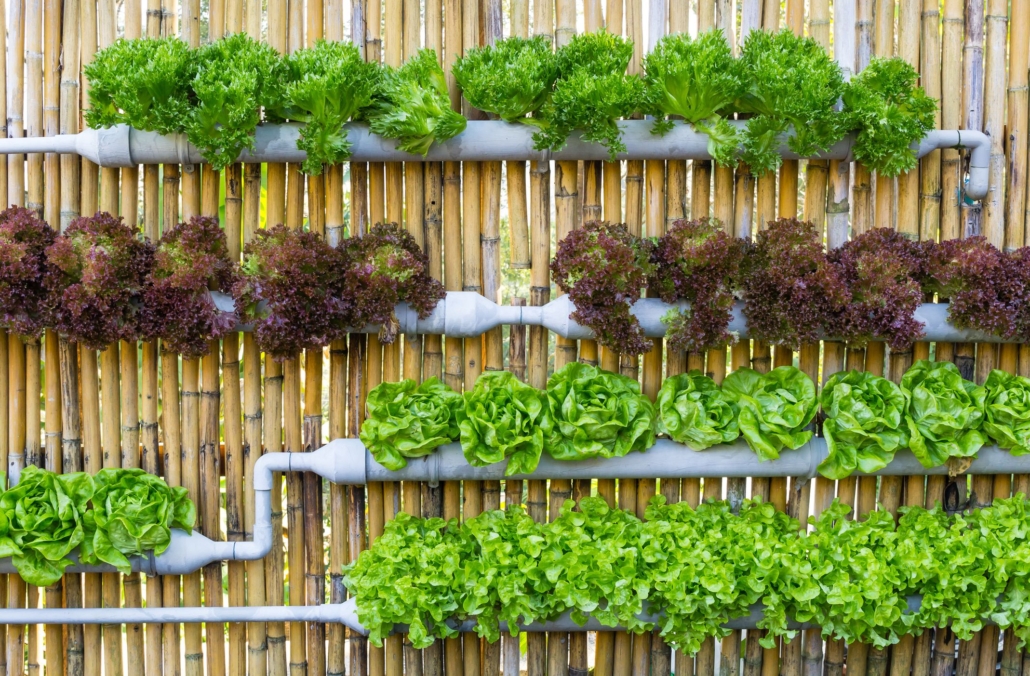
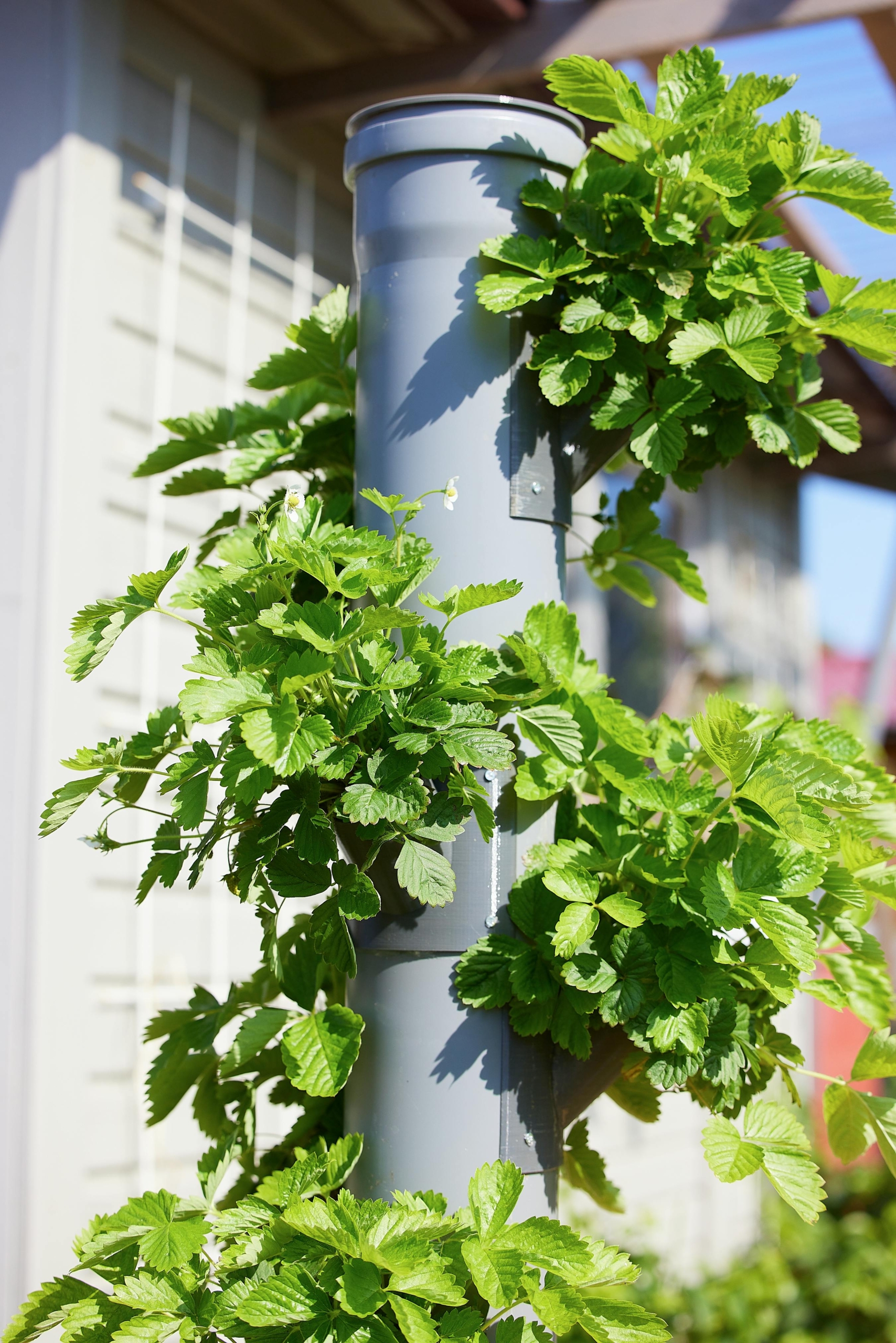
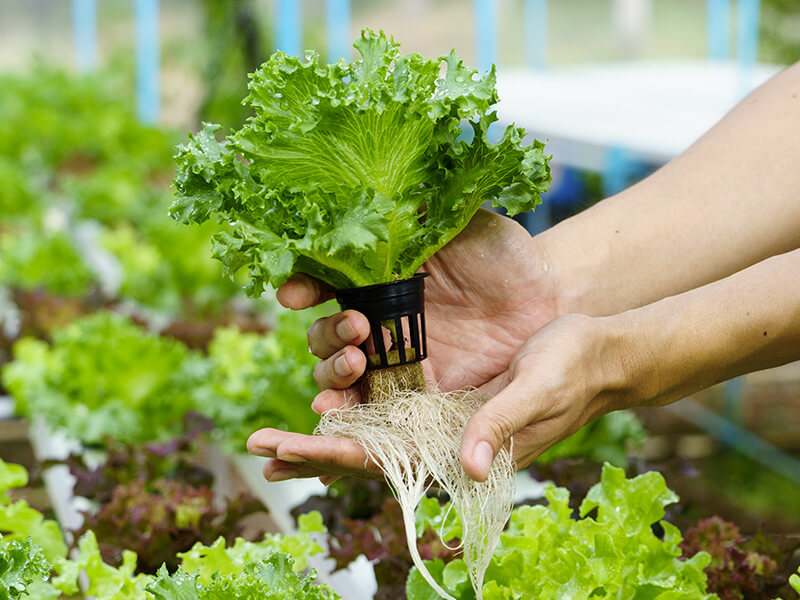







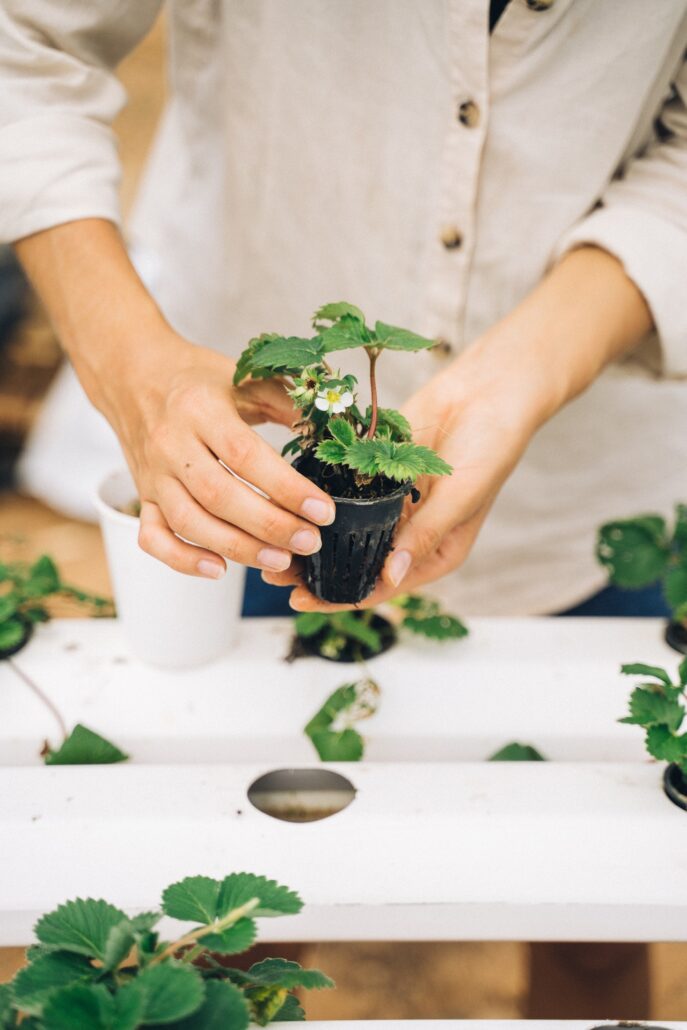
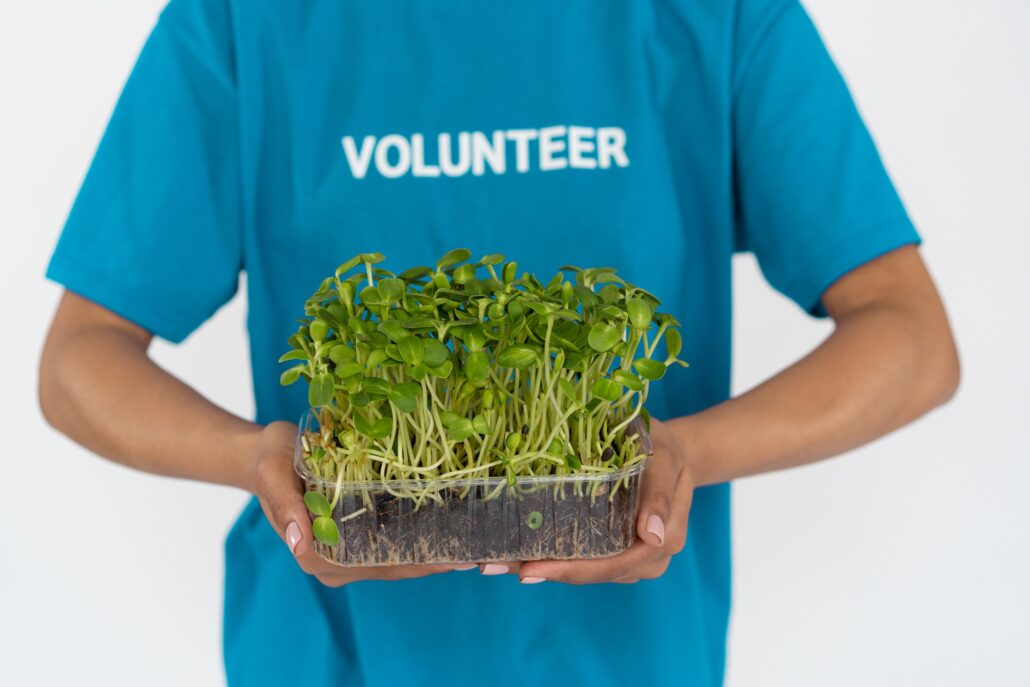
In summary, hydroponic gardening at home offers an exciting and efficient way to cultivate plants without the need for soil. With the right equipment, some planning, and practical tips, you can enjoy a healthy and abundant harvest in the comfort of your own home. Good luck with your hydroponic gardening adventure!




Dejar un comentario
¿Quieres unirte a la conversación?Siéntete libre de contribuir